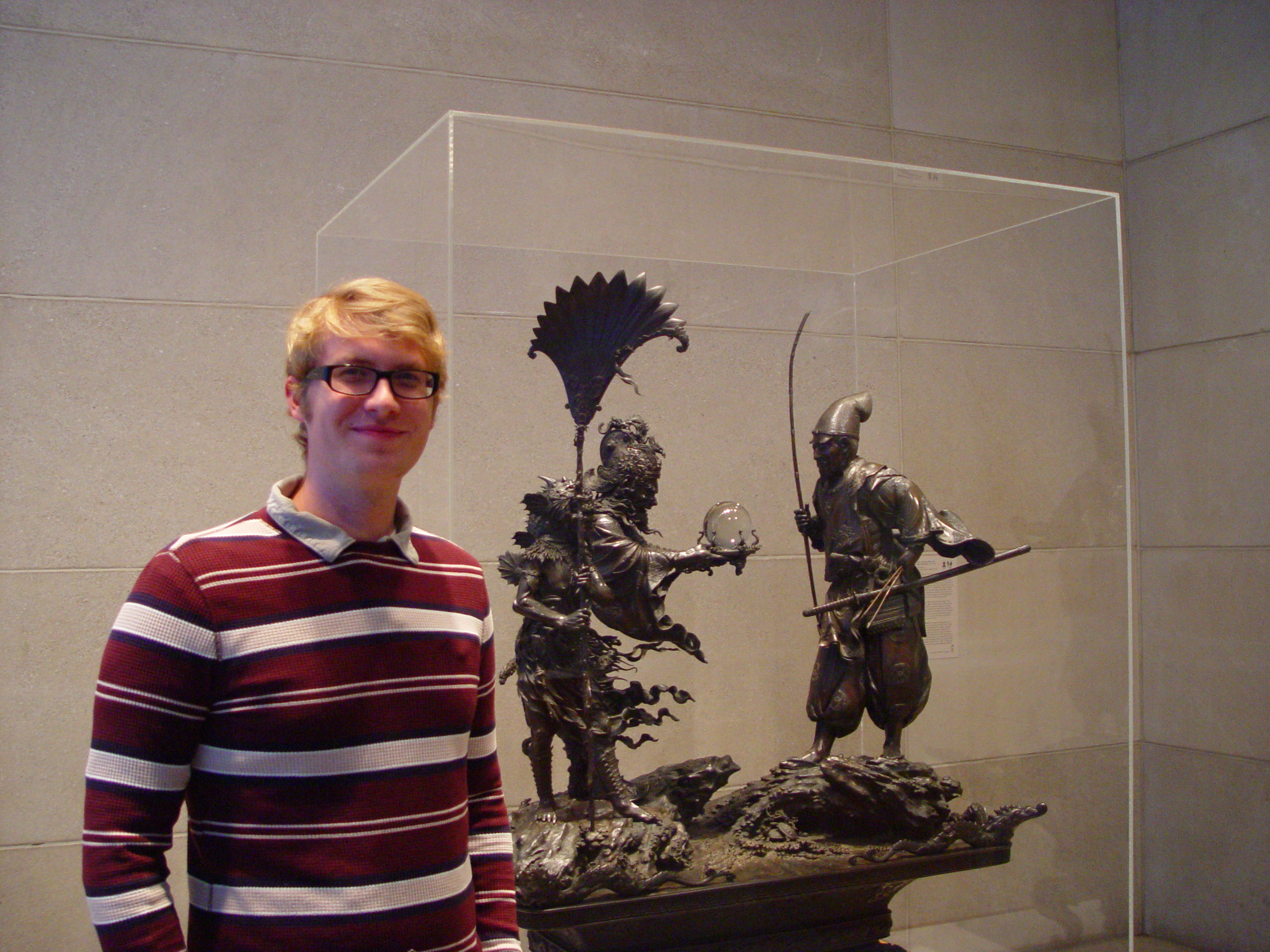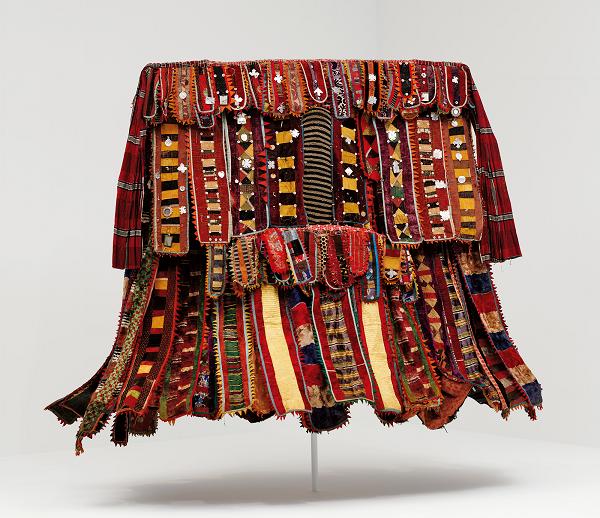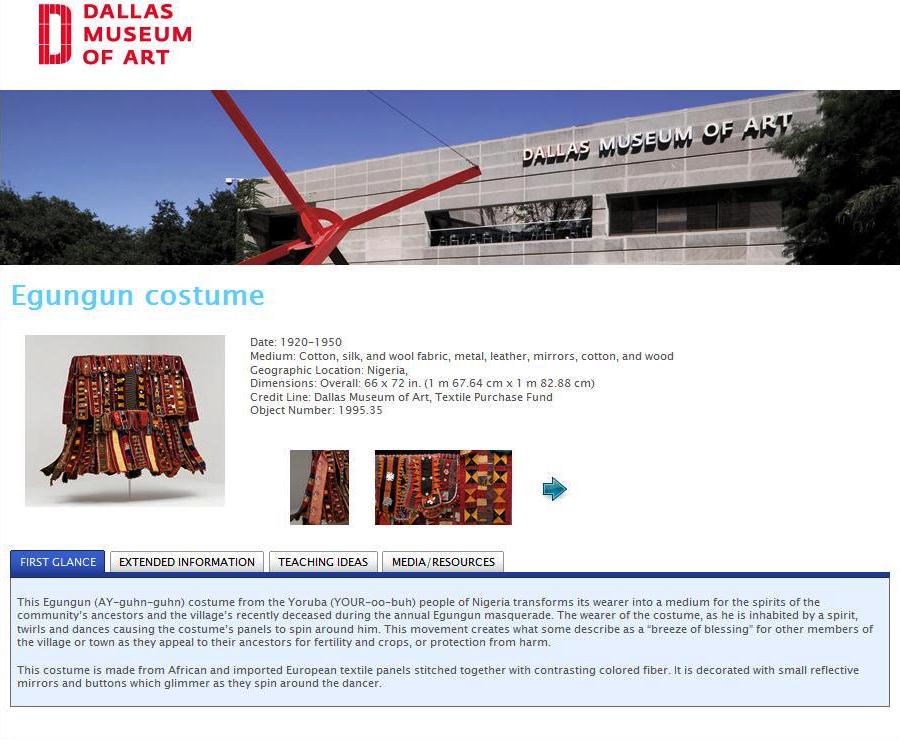Ever since it killed the radio star, video has been thriving. Let’s take a look at three valuable resources with great videos featuring art, art history, artists, and curators. Educators in and out of the classroom just might want to add these to their “toolboxes,” if you haven’t already.
1. Smarthistory – Started as a blog in 2005, this oh-so-smart, multimedia resource makes art history come alive on the web. No more expensive, heavy textbooks to tote around! Smarthistory includes over 360 videos and continues to grow through a recent merger with Khan Academy, which allows founders Dr. Beth Harris and Dr. Steven Zucker to focus full-time on expanding content. In addition to the videos, which are easily sorted via thirteen categories ranging from art historical periods to materials, the website includes images and information for over 440 artworks, as well as sample syllabi and strategies for teaching art history online.
2. Artists Documentation Program – This is a new favorite of mine, discovered while surfing the Art 21 blog last year. The Artists Documentation Program (ADP) features twenty-nine interviews with contemporary artists and their close associates discussing the materials and techniques of the artists’ works. Jasper Johns, Mel Chin, Cy Twombly, Ann Hamilton, and Sarah Sze are just a few of the artists interviewed. Conducted by conservators, the videos are intended primarily as research documents to aid in preservation and care of the art. Some of the footage goes back to the early 1990s when the Andrew W. Mellon Foundation awarded a grant to the Menil Collection in Houston. Following this initial grant, the project continued and expanded under the leadership of former Menil conservator Carol Mancusi-Ungaro. The Whitney Museum of American Art and the Center for the Study of Modern Art at Harvard are key collaborators. Note: while viewing of the videos is free, the ADP requires users to register before granting access to video interviews. This acknowledges and supports appropriate use of the videos.
3. DMA.Mobi – Available via mobile devices and the web, this home-grown, Dallas Museum of Art resource showcases artworks in the Museum’s collection and current exhibitions. Piloted in summer 2009, the smARTphone tours re-launched this month with a new design and fifty new artwork stops. Videos featuring DMA curators discussing works in the collection are a key component. Cultural information, contextual images, and audio clips provide additional information about the artworks.
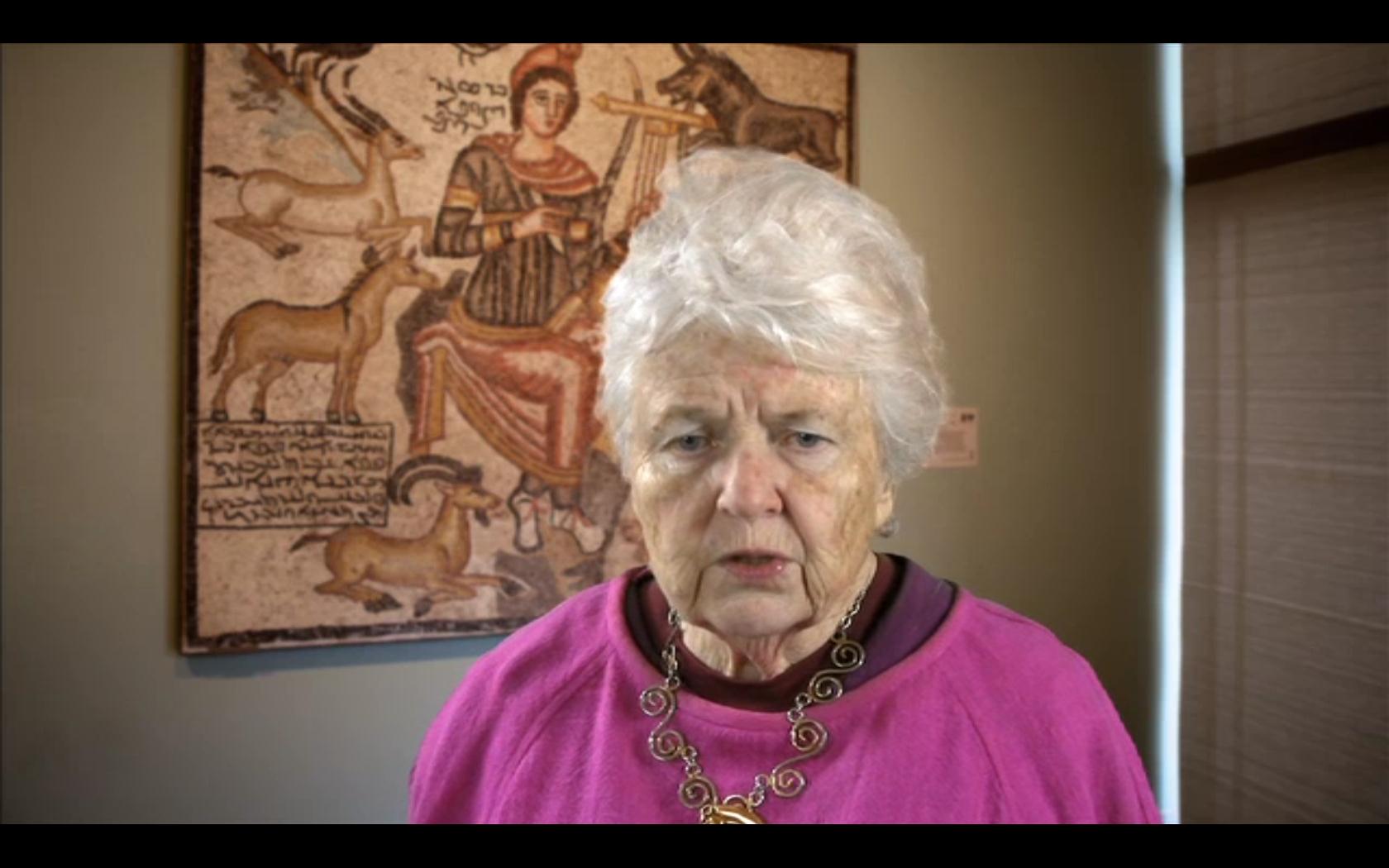
Anne Bromberg, the Cecil and Ida Green Curator of Ancient and Asian Art, discusses a Roman mosaic in the DMA's collection
Nicole Stutzman
Director of Teaching Programs and Partnerships
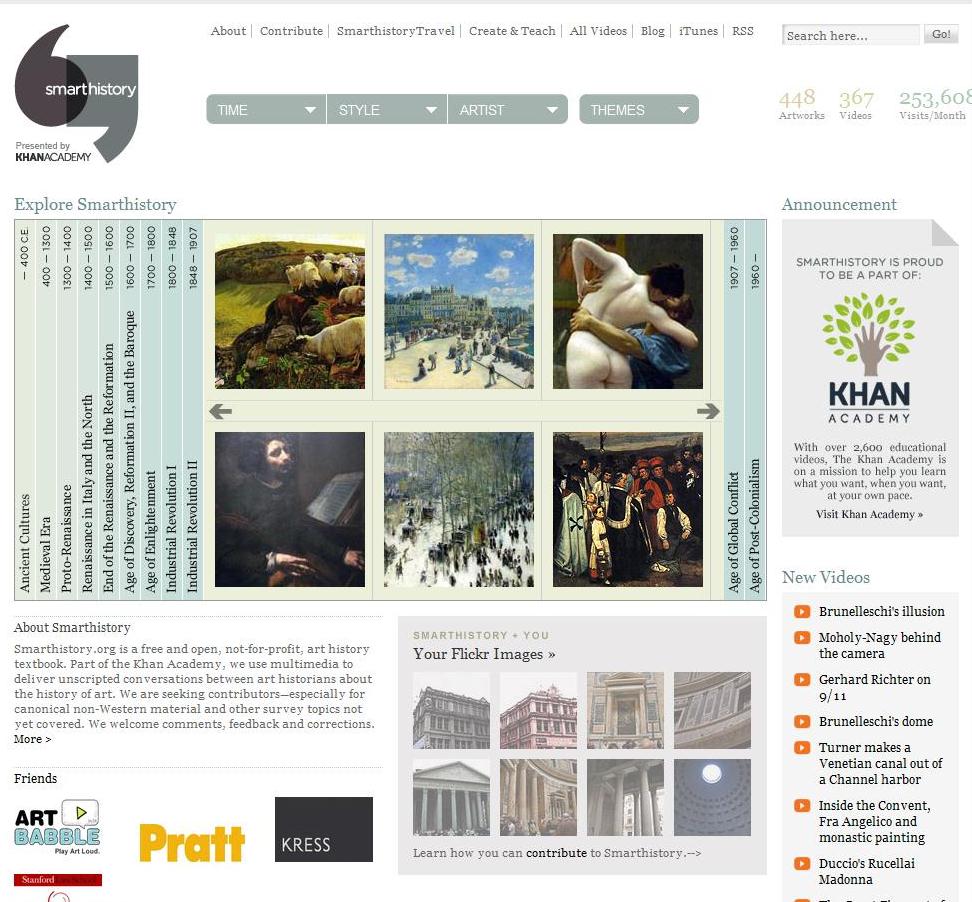
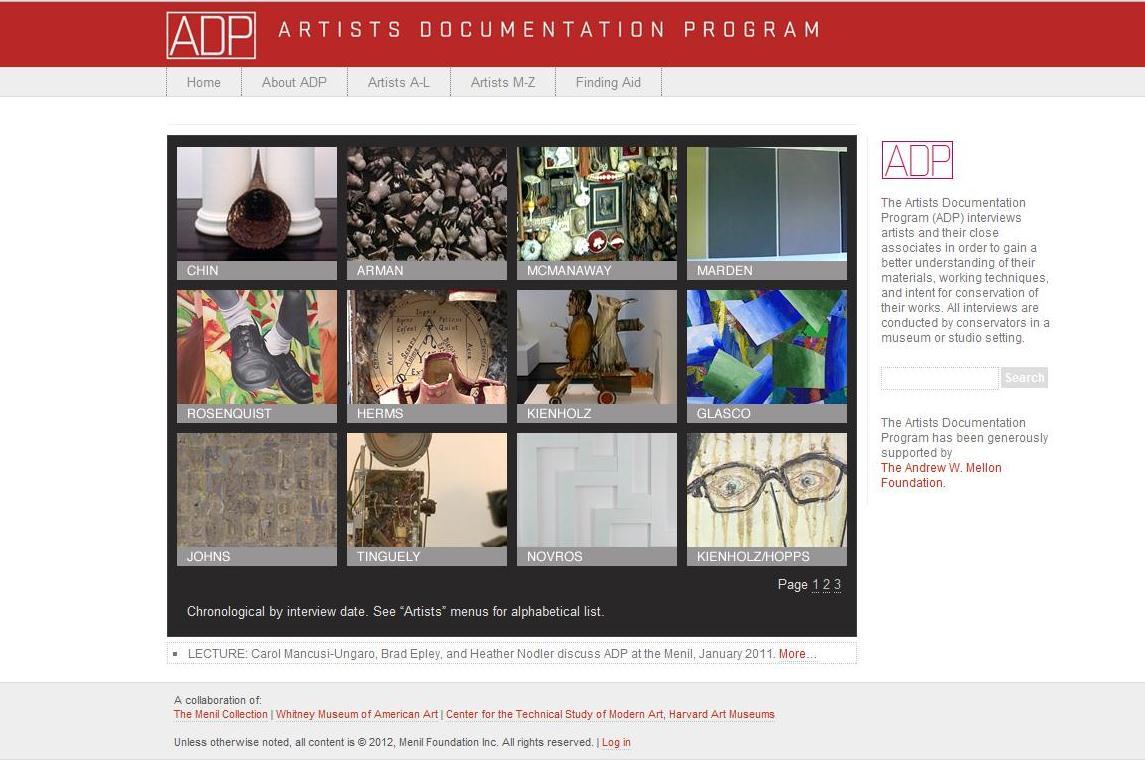
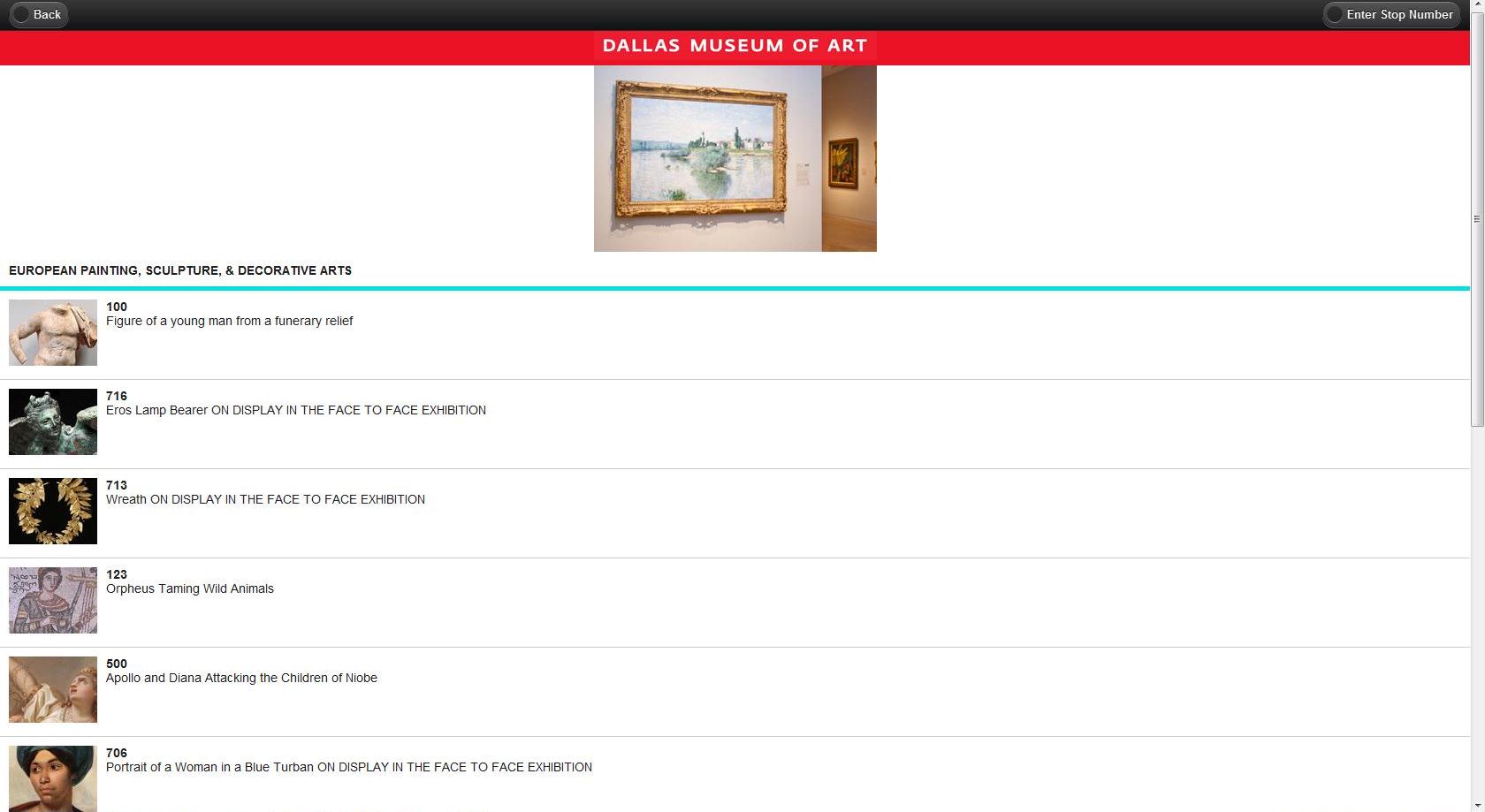
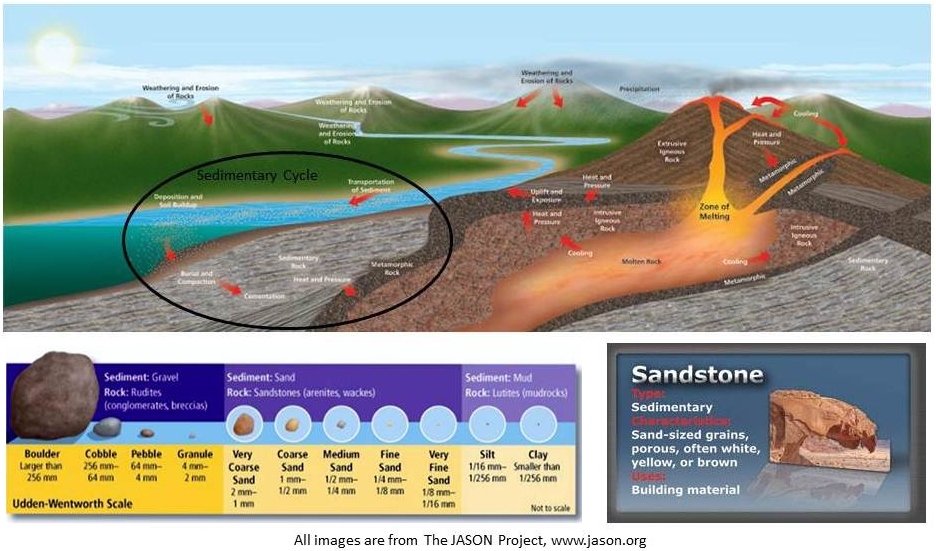
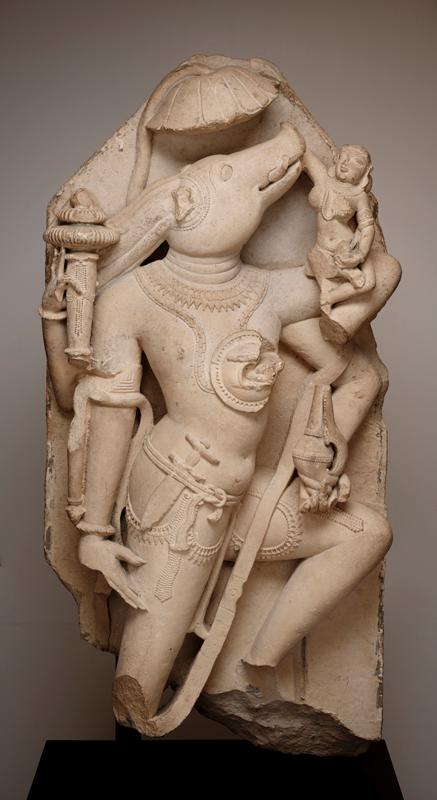
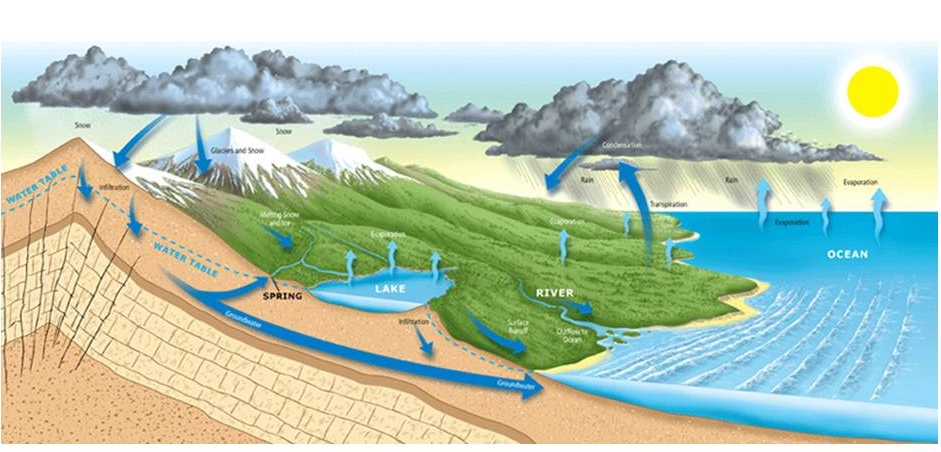
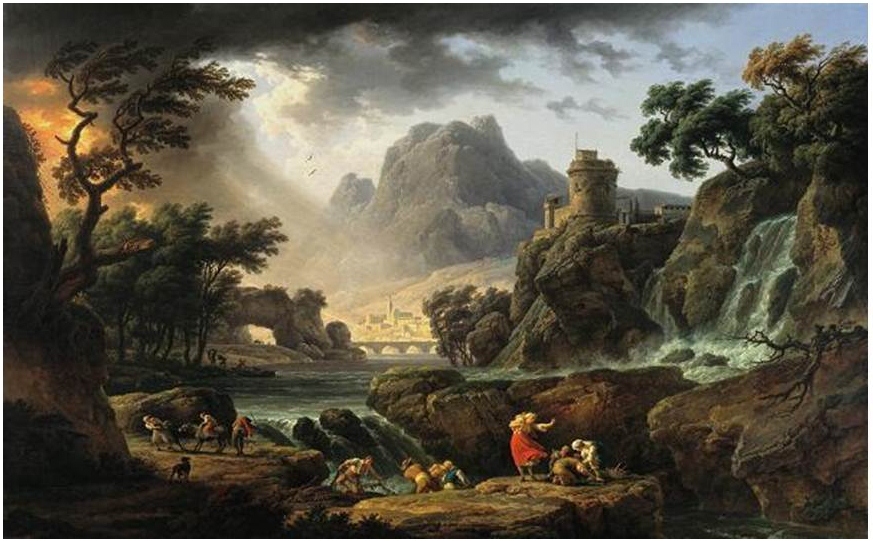
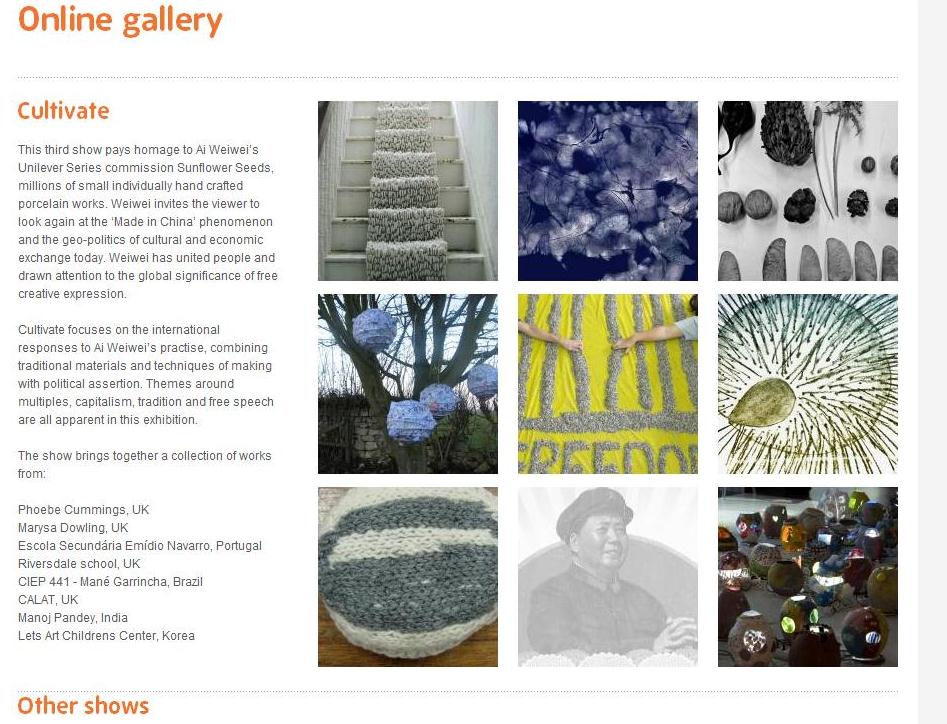
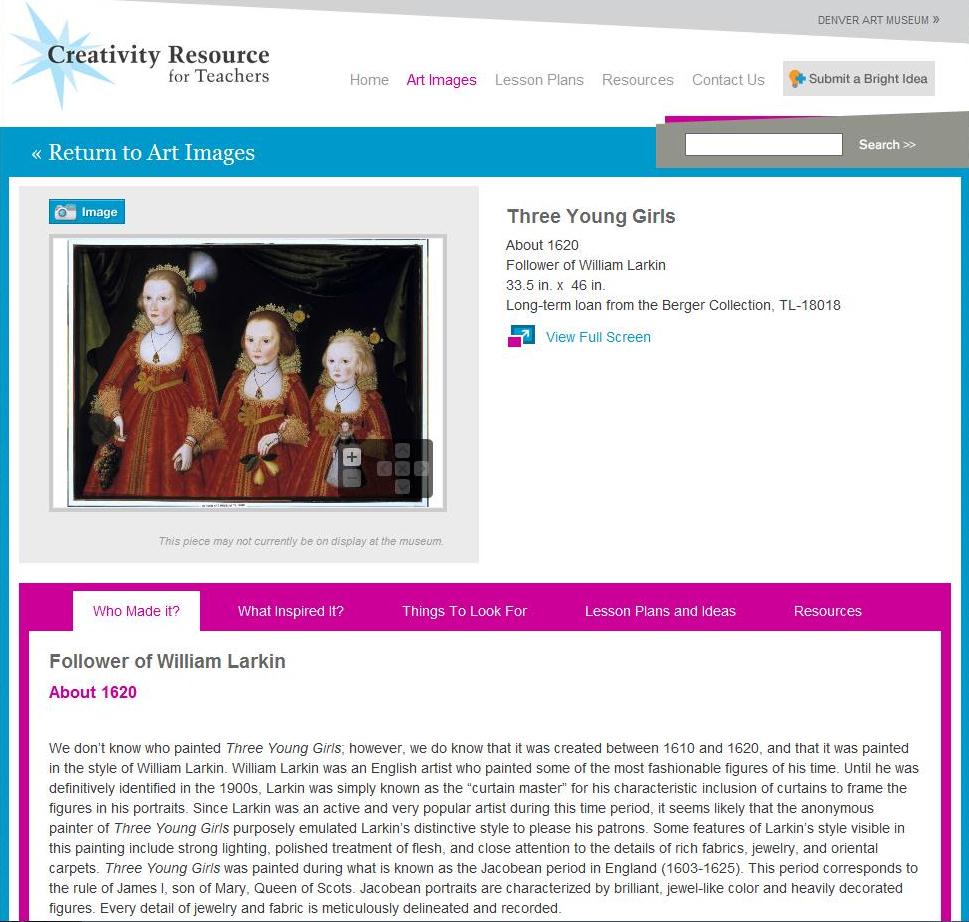
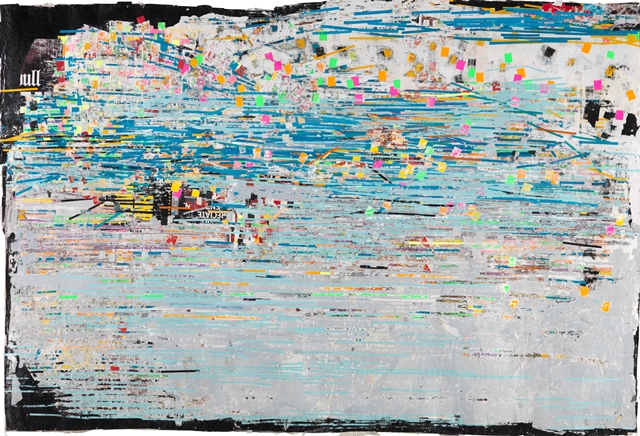
![20090921_wc-bradford_005[1]](https://blog.dma.org/wp-content/uploads/2011/10/20090921_wc-bradford_0051.jpg?w=300)
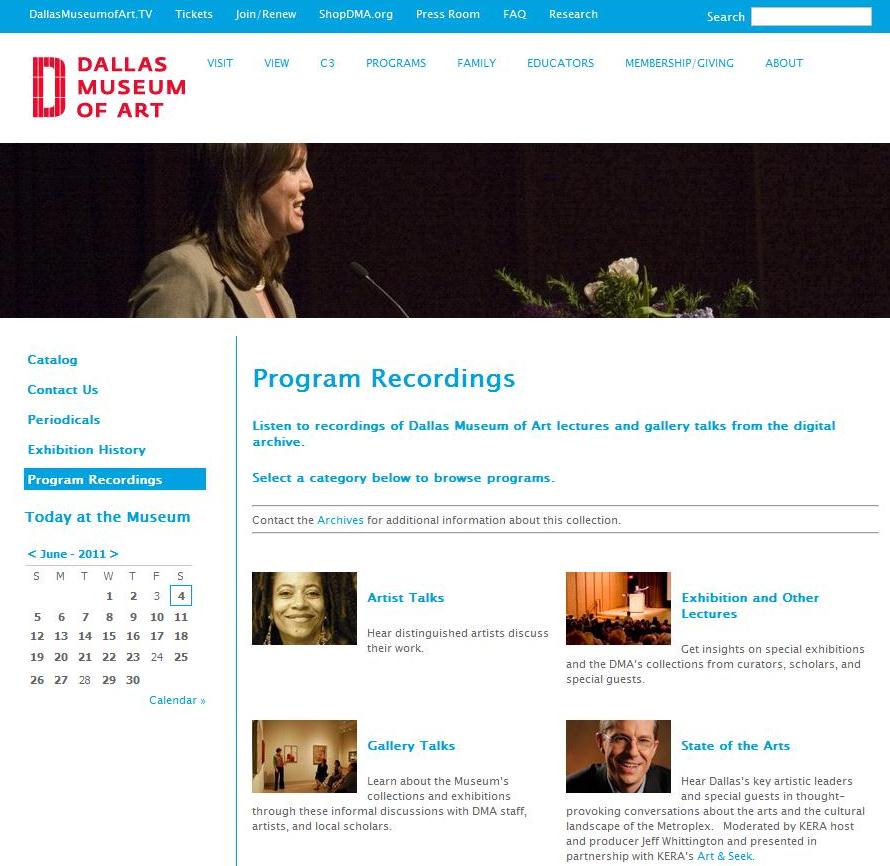
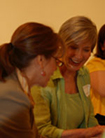
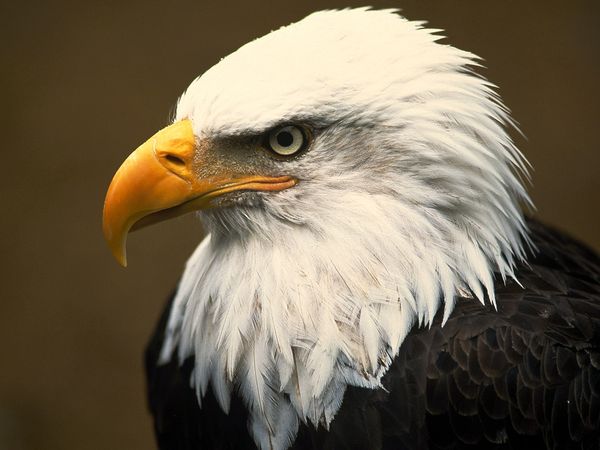
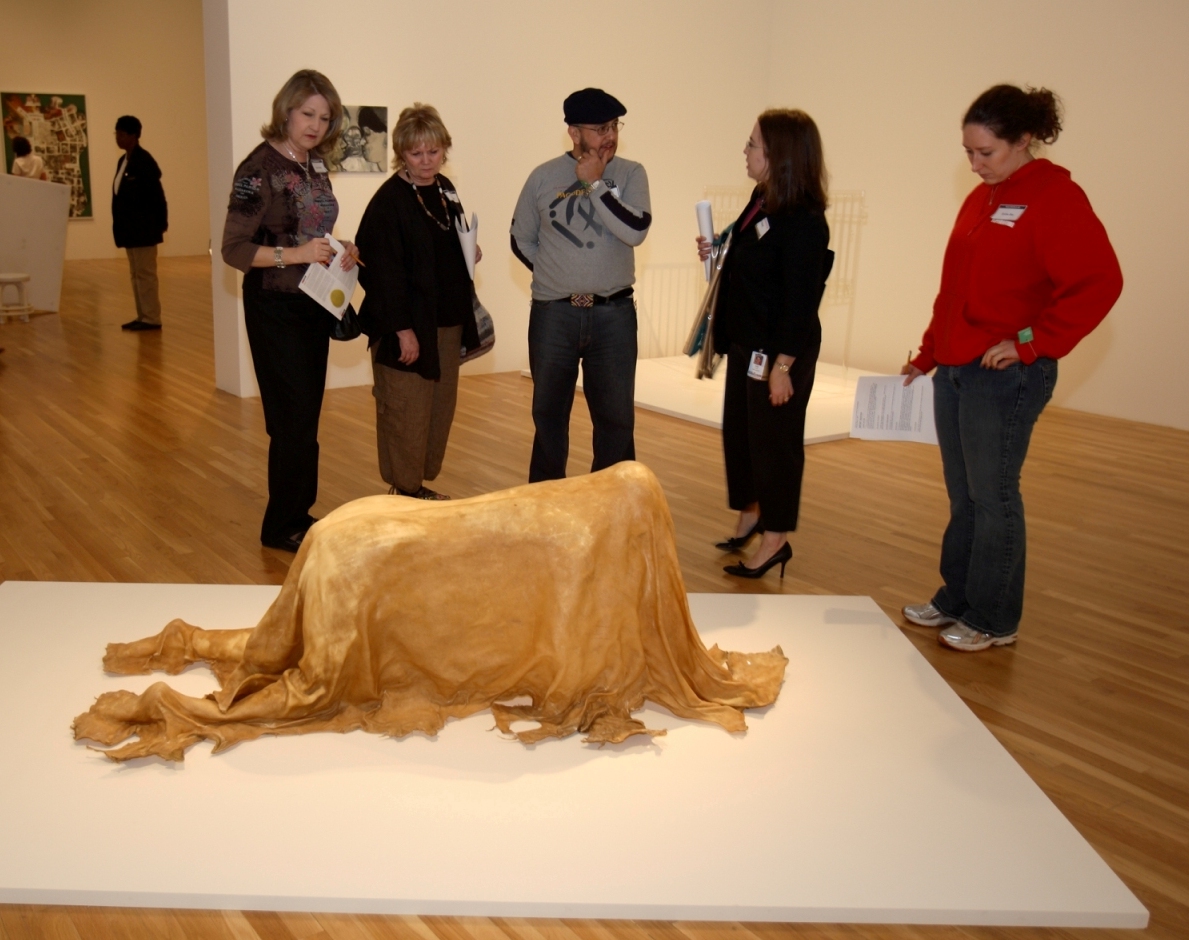
 Art of the American Indians: The Thaw Collection
Art of the American Indians: The Thaw Collection